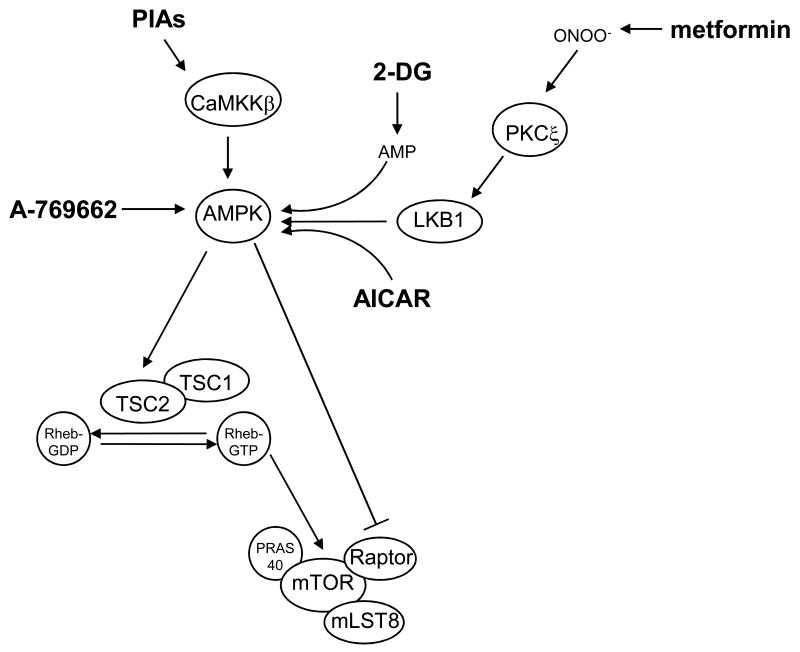Figure 3. Pharmaceutical approaches to inhibit the mTOR pathway via AMPK.
Because AMPK inhibits mTORC1 by direct and indirect mechanisms, drugs that activate AMPK could be effective in the treatment of cancer. The best-described AMPK activators (shown in bold) are metformin, AICAR, 2-DG, PIAs, and A-769662. Metformin is a biguanide widely prescribed for the treatment of type II diabetes, AICAR is an AMP mimetic, and 2-DG is a glucose analogue. These three drugs activate AMPK by mechanisms that are dependent upon the upstream kinase and tumor suppressor, LKB1. Conversely, the lipid-based Akt inhibitors, PIAs, activate AMPK independently of LKB1 (or Akt, not shown). However, cellular activation of AMPK by PIAs is dependent upon another upstream kinase, CaMKKβ. The thienepyridone A-769662 activates purified AMPK in vitro, and might also activate AMPK directly in cells.

